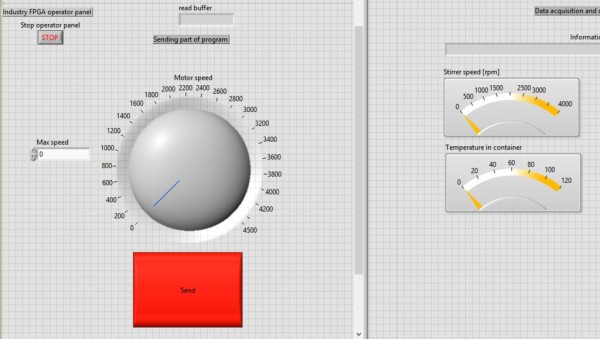Do you like the best of both worlds? I mean, who doesn’t? Well, this project by
To get started with this project, you’ll need a ZYBO board (or another Zynq board), an H-bridge, an optocoupler, a transistor, and a digital temperature sensor. You’ll also need Vivado Design Suite and LabVIEW.
Now it’s time to begin by creating the block design in Vivado. Configure your processing system, then work on writing your own modules (Verilog or VHDL) that focus on the specific elements of your design (in this case, temperature measurement and motor control). Address your AXI IP blocks now. Then, open the SDK and create a project. Use the peripherals you added when you wrote the modules and then read the data you get. Then, write the automation and implement the proportional-integral-derivative controller (PID controller) with its algorithm. Program the boards and use LabVIEW to make an operator panel. Then, connect the H-bridge and sensors. It’s time to build the physical construction, and then time to run the system!

This is obviously a great thing for automated industrial situations, but there are plenty of other applications! Comment with yours and let us know what you think.

